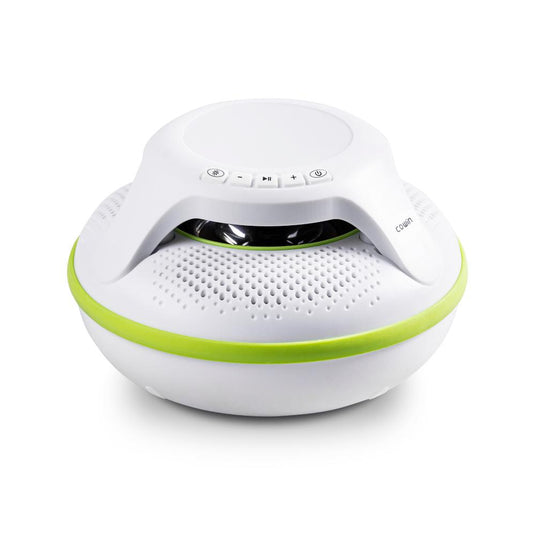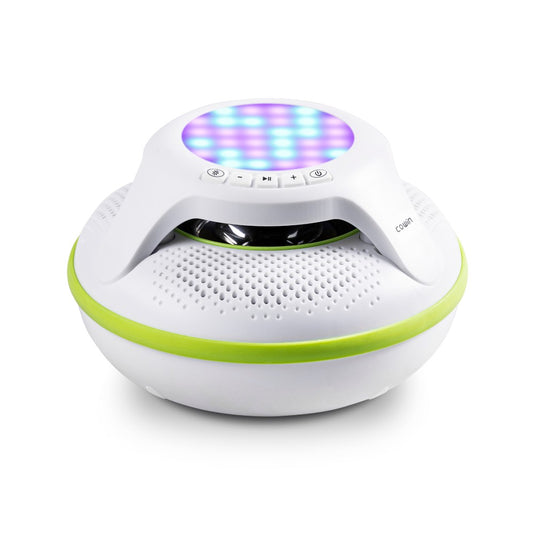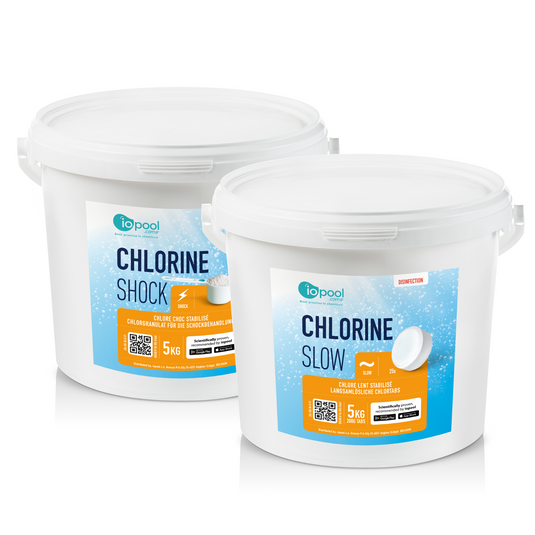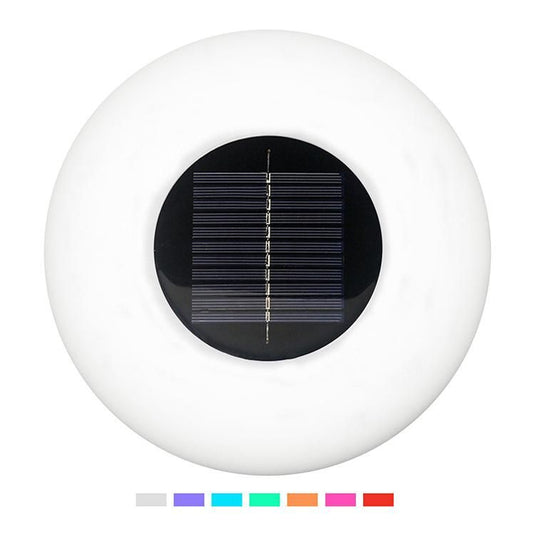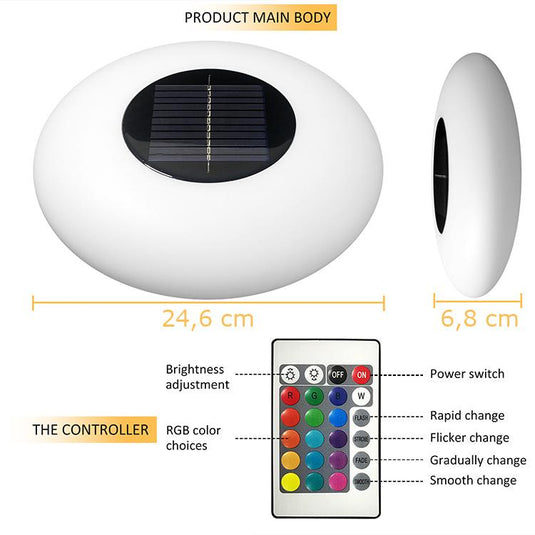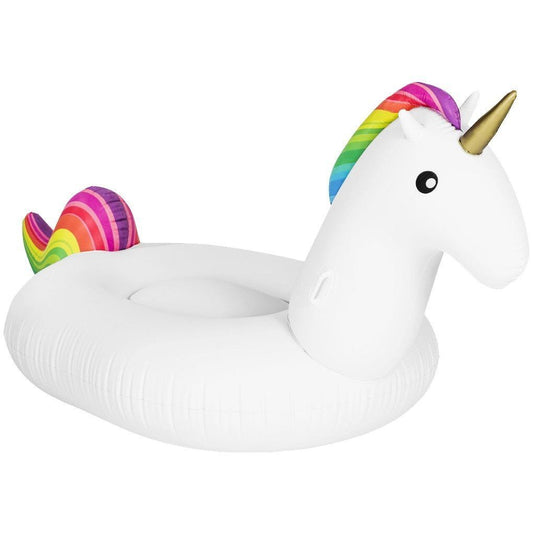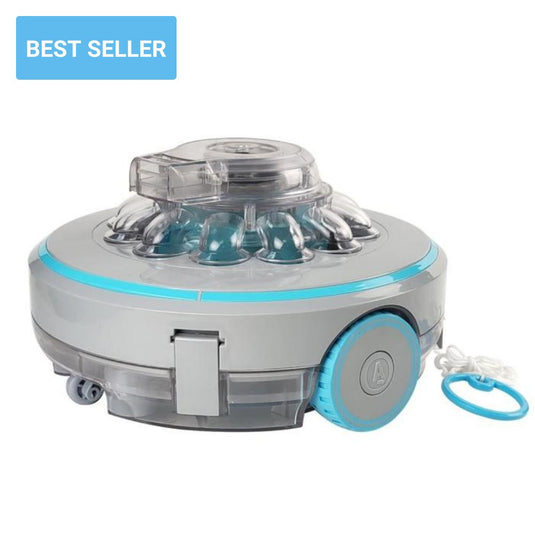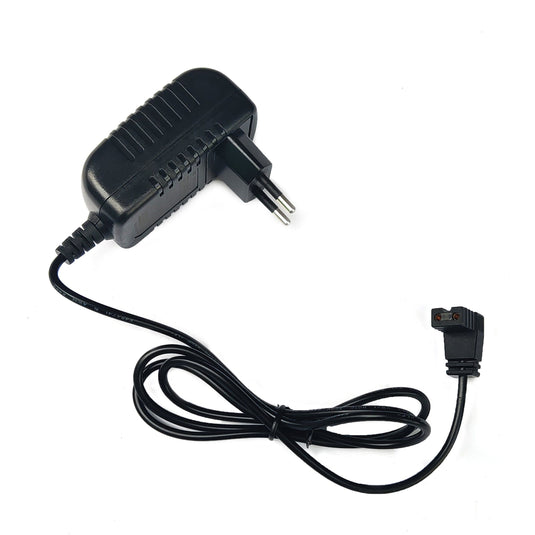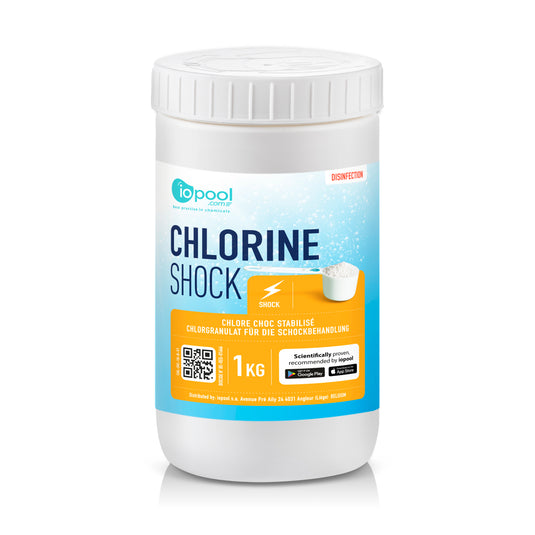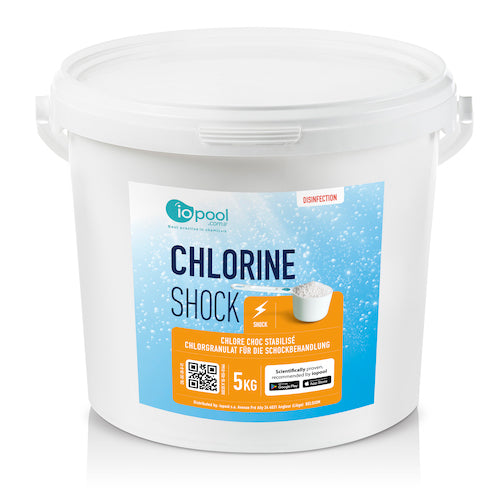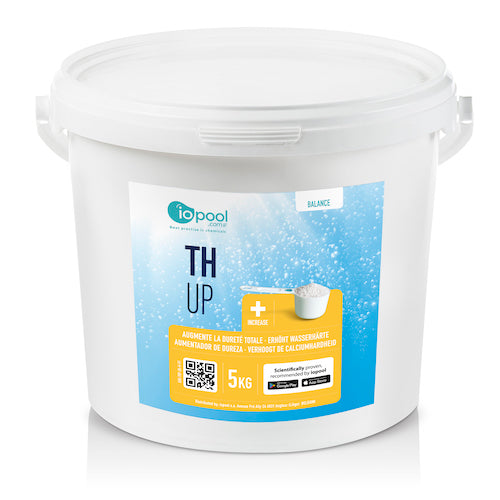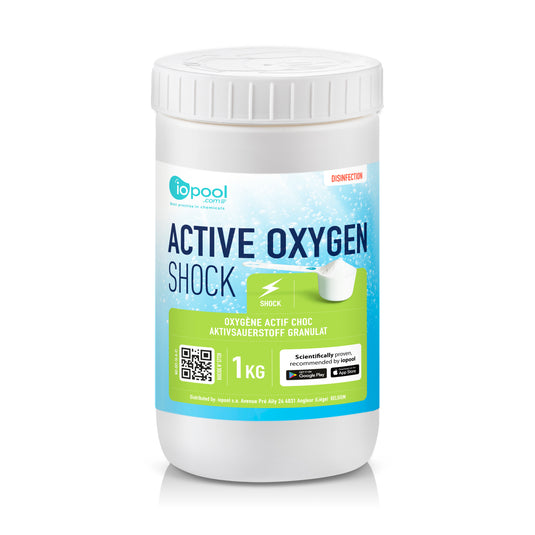Pool Winterization- Two Types and How To Do It
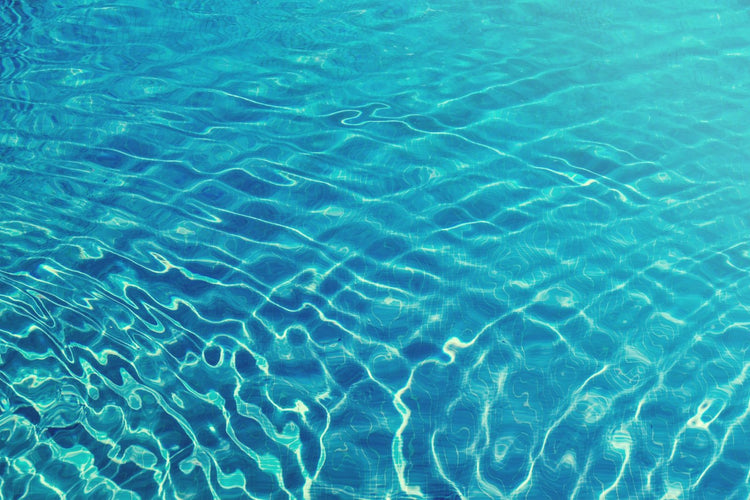
iopool guides you step by step through the winterization of your pool.
When the summer season comes to an end, it is important to winterize your pool to protect your installations. There is no recommended date for pool winterization, however, it is advisable to winterize when the average water temperature is between 53 and 59 degrees.
There Are Two Distinct Types Of Pool Winterization: Active Wintering Or Passive Wintering
Whatever type of wintering you choose, the first steps are the same:
1. Prepare And Clean The Pool
A good and thorough cleaning of your pool is essential. Use a robot or a brush to clean the walls, the waterline, the stairs, the skimmer basket(s), and the pre-filter(s).
2. Check The Chemical Balance Of The Water
Balance your pH to a value between 7 and 7.4 to limit the development of organic elements during the winter. Also, check the alkalinity and hardness of the water in order to obtain a perfect balance before wintering.
3. Disinfect Your Pool
Carry out a shock chlorine treatment: count 150g per 10m3*, then leave filtration running for 48 hours non-stop.
*quantities for iopool shock chlorine
If You Have A Sand Filter:
- Descale the filter with a suitable product. Leave it to act for 12 hours, then backwash for about 30 seconds.
If You Have A Cartridge Filter:
- Wash the filter with a water jet and a soft brush. Then disinfect the filter in a bath of water and shock chlorine.
Choose Between Passive And Active Wintering.
Passive Winterization
Putting The Pool To A Complete Rest
Passive wintering is intended for owners of pools located in cold areas that are regularly subject to freezing, as well as for those who do not want to have to maintain their pool during the winter.
It is MANDATORY FOR OFF GROUND POOLS, or if the pool is located in a second home.
For Passive Wintering :
- Lower the water level below the discharge nozzles
- Stop filtration
- Empty all external pipes and lines, pump, counter-current swimming system, etc…
- Place plugs in skimmers, discharge nozzles, and brush receptacles to protect them from freezing.
- To avoid damaging the structure of your pool, it is advisable to install winterizing floats diagonally. Their role is to absorb the pressure of frost on the walls.
- You can add a specific winterizing product to the water.
- Cover your swimming pool with your opaque wintering cover.
Active Winterization
Consists Of Idling Your Pool
Active wintering is preferred in areas with mild winter temperatures, if you wish to enjoy your pool visually all year round, or for ease of use.
During active wintering, no cover is required. In addition, it is easier to put the pool back into service in the spring and during the summer months.
For Active Wintering:
After completing the steps common to both types of overwintering (see the first paragraph), you must:
- Keep the water level at mid-height of the skimmer(s).
- Check the pH of your water 1x per month using colorimetric analysis strips or a "drop" test.
- Minimum filtration time 4hrs/day, preferably early morning (coldest hours) to avoid water freezing.
- Use a long-lasting disinfection product such as slow chlorine pebbles.
- You can use a specific wintering product.
For any additional information related to your technical installation, we advise you to contact the installer of your pool in order to benefit from the advice best suited to your system.

